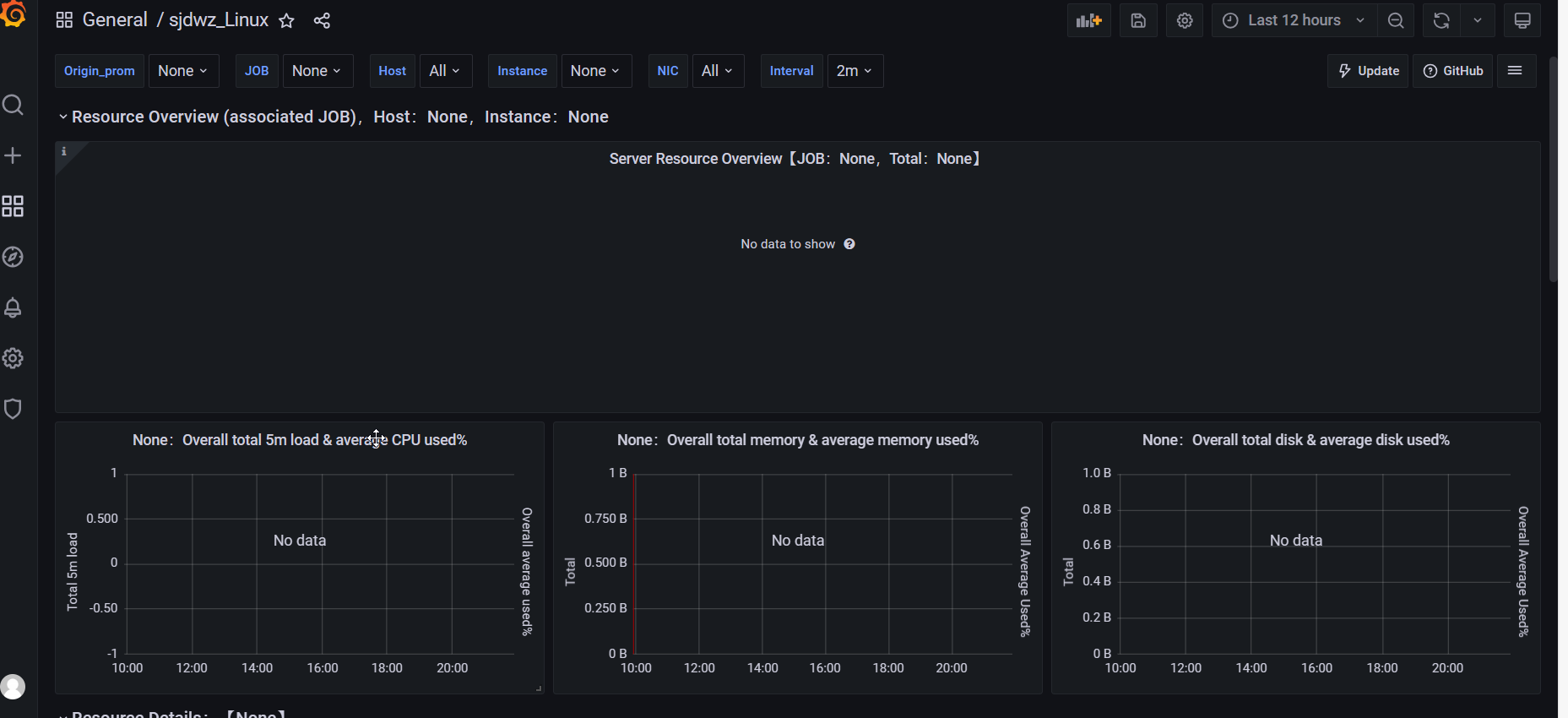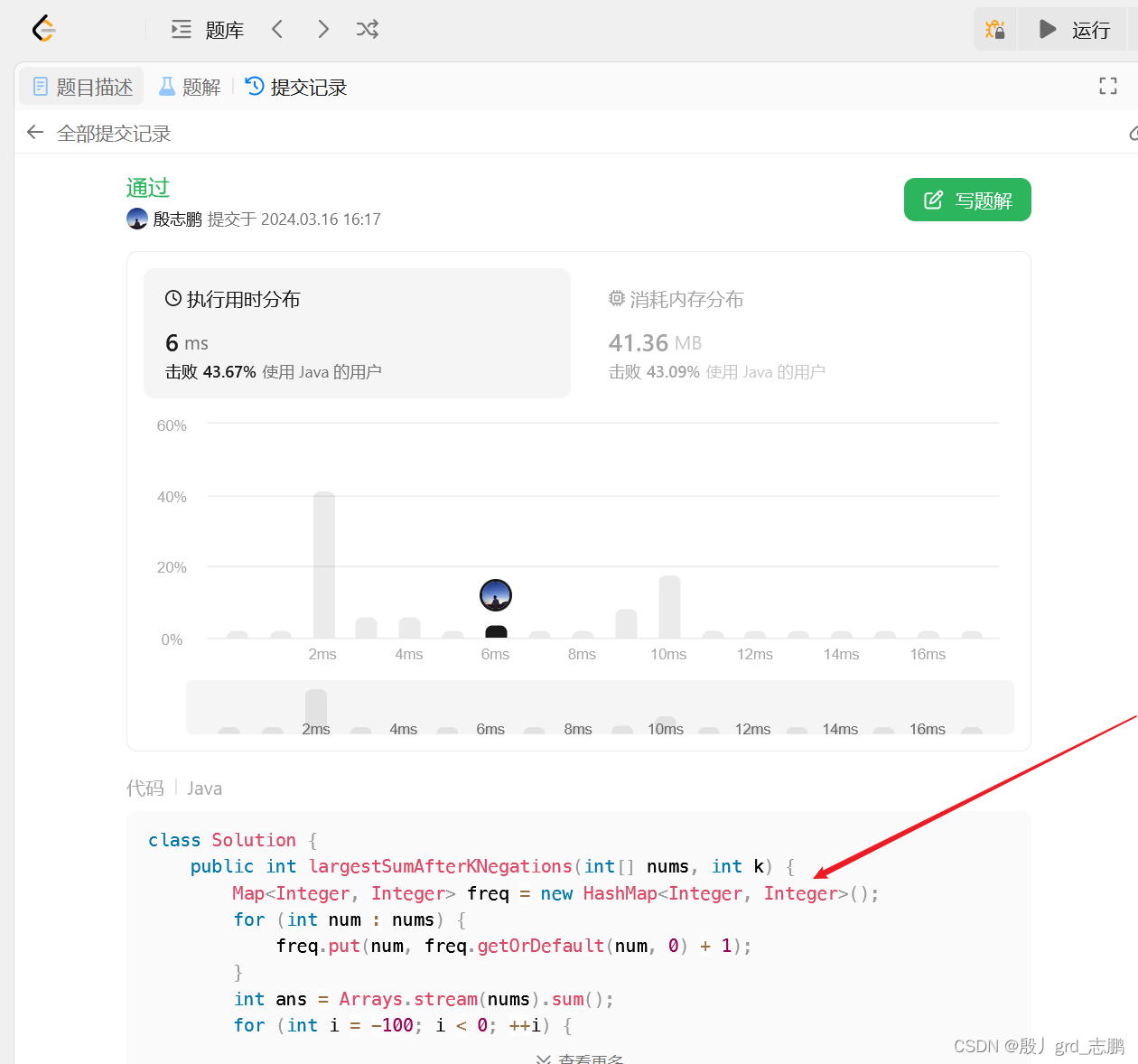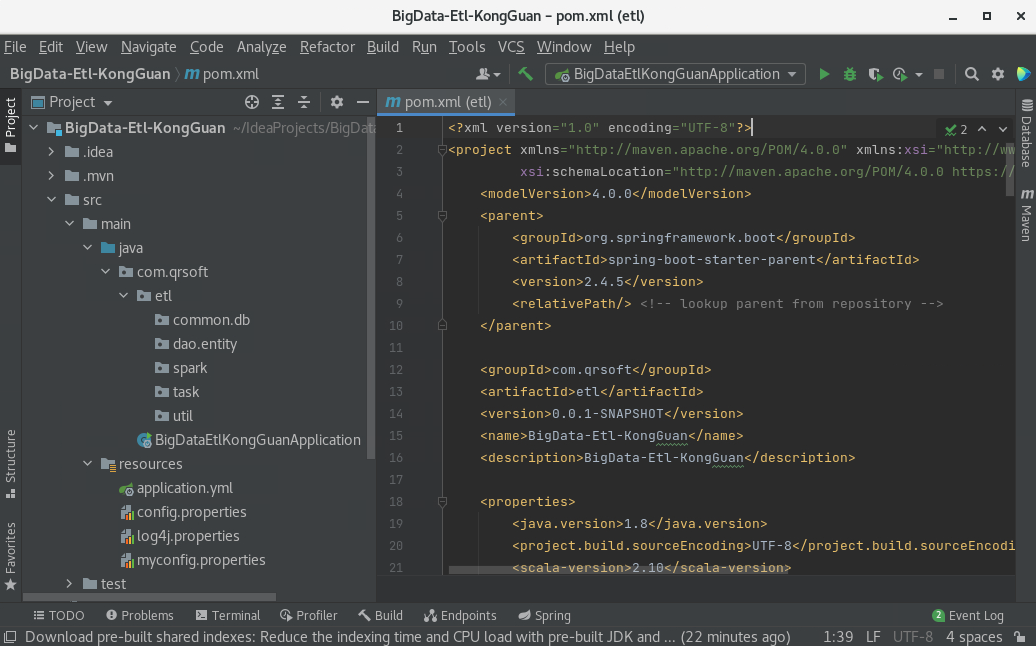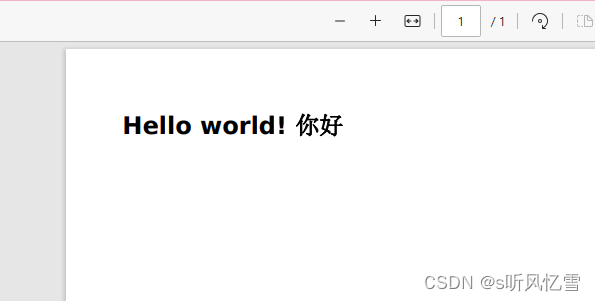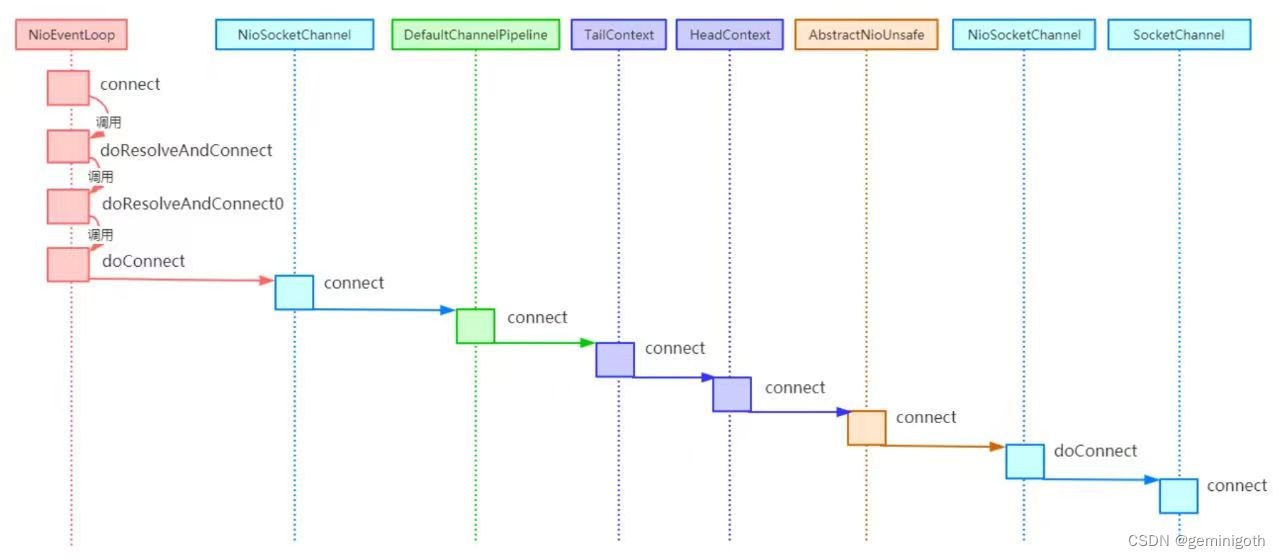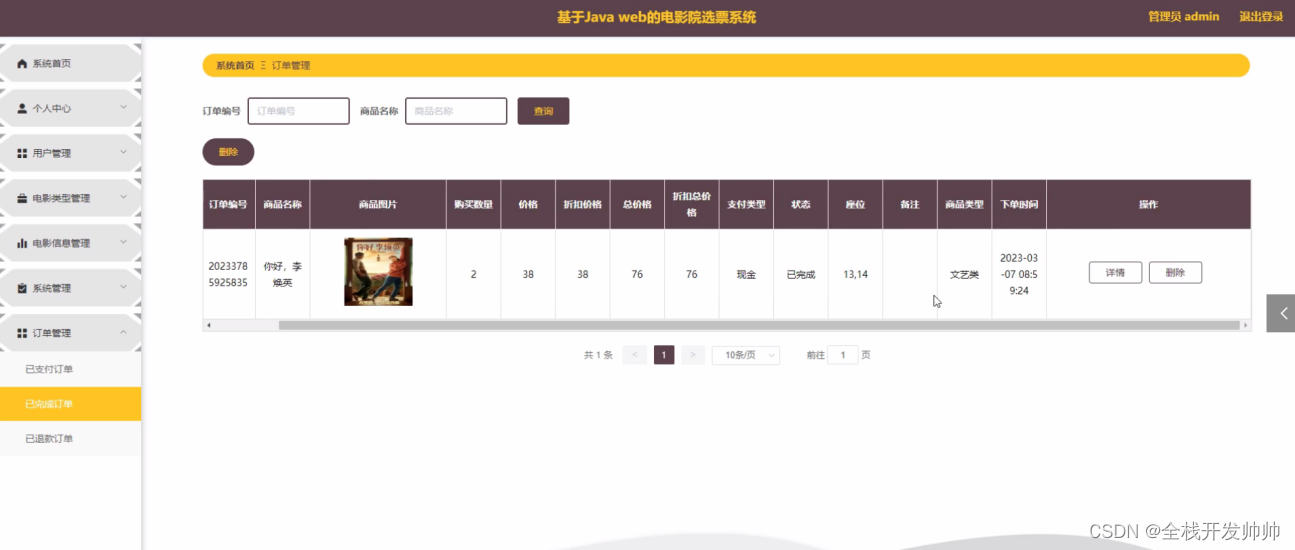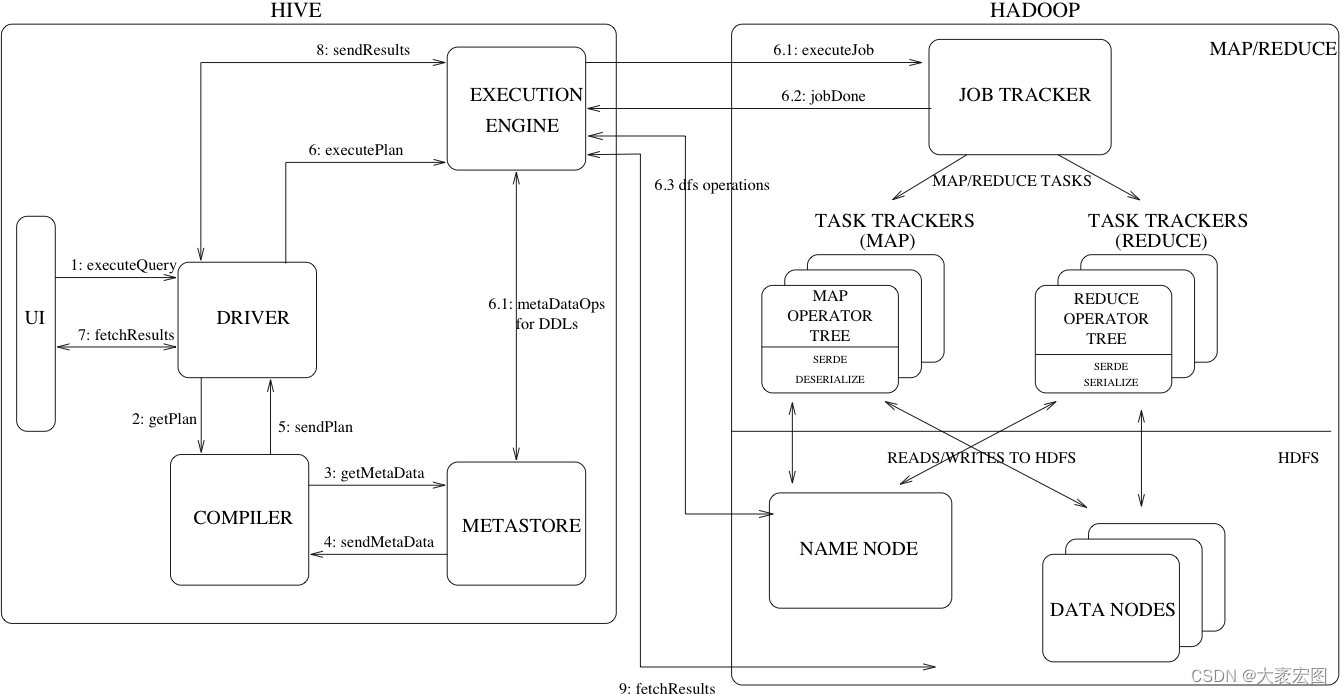Ubuntu Desktop 设置 gedit
- 1. View
- 2. Editor
- 3. Font & Colors
- 4. keyboard shortcut
- 5. Find and Replace
- References
gedit (/ˈdʒɛdɪt/ or /ˈɡɛdɪt/) is the default text editor of the GNOME desktop environment and part of the GNOME Core Applications. Designed as a general-purpose text editor, gedit emphasizes simplicity and ease of use, with a clean and simple GUI, according to the philosophy of the GNOME project. It includes tools for editing source code and structured text such as markup languages.
1. View
Edit -> Preferences -> View

2. Editor
Edit -> Preferences -> Editor

3. Font & Colors
Edit -> Preferences -> Font & Colors


4. keyboard shortcut
Ctrl + End: 插入点直接移到文档末尾
Ctrl + Home: 插入点直接移到文档首部

5. Find and Replace
Search -> Find and Replace…
Ctrl + H


philosophy [fəˈlɒsəfi]:n. 哲学,哲学体系,思想体系,人生哲学,生活的信条 (或态度)
match case:区分大小写,相符
regular expression, regex or regexp, rational expression:正则表达式
wrap around:adj. 卷绕的,环绕的
search backward:向后搜索
match entire word only:全字匹配
匹配大小写:
选中此复选框后,查找结果 窗口将仅显示与 查找内容 中指定的字符串的内容和大小写均匹配的字符串实例。 例如,在选中 匹配大小写 复选框的情况下搜索 MyObject 将返回 MyObject,但不能返回 myobject 或 MYOBJECT。
全字匹配:
选中此复选框后,查找结果 窗口将仅显示与 查找内容 中指定的字符串全字匹配的字符串实例。例如,搜索 MyObject 将返回 MyObject,而不会返回 CMyObject 或 MyObjectC。
正则表达式:
定义文本匹配模式的特殊表示法。
References
[1] Yongqiang Cheng, https://yongqiang.blog.csdn.net/

